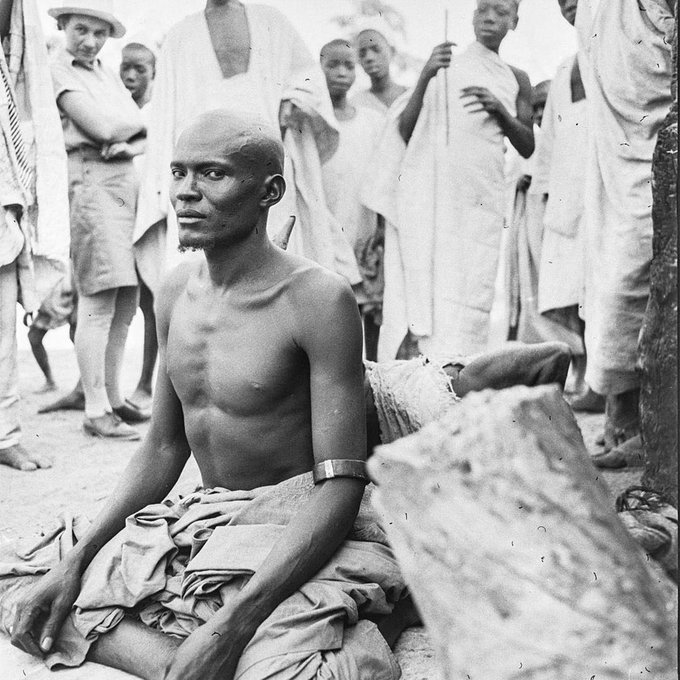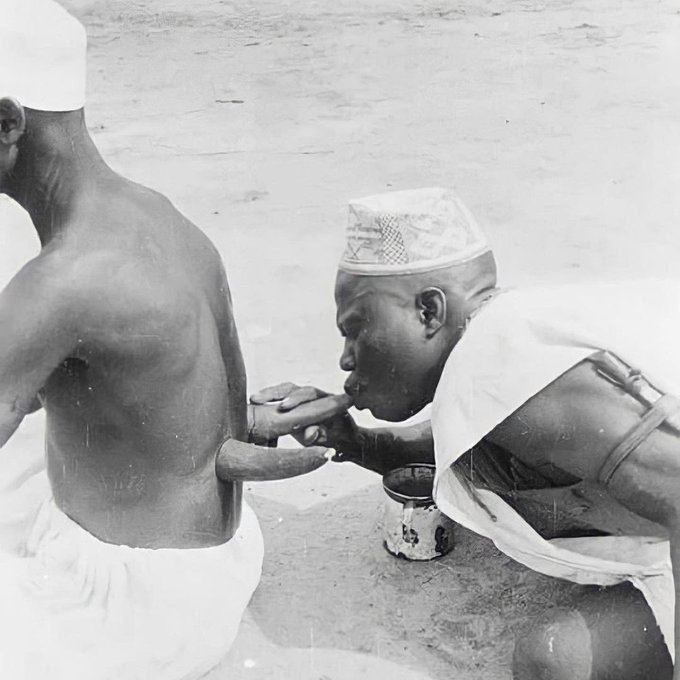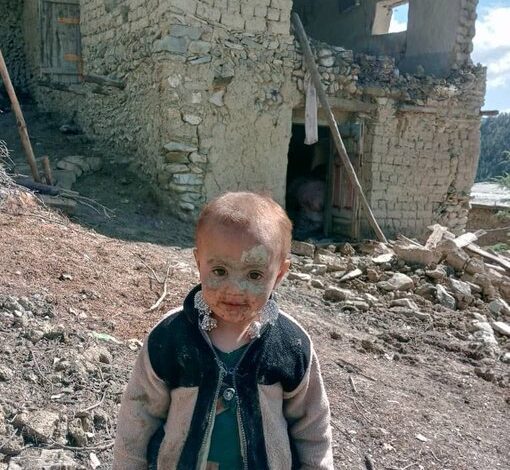
Ekeomah Atuonwu
African traditional medicine is the oldest, and perhaps the most assorted, of all therapeutic systems. Africa is considered to be the cradle of mankind with a rich biological and cultural diversity marked by regional differences in healing practices.
Cupping is a therapy that has been in existence since time immemorial. It is a way of freeing the body of dead blood cells through the use of a cow horn designed for that purpose known medically as hematoma.
Though the therapy is dated as far back as the Stone Age, it is still being practised today. Some people still see the imperatives of applying the therapy for one reason or the other. Some do it because they believe it gives them instant relief from pains and body weakness.
Today it is the basis for medical practices such as chiropractic work, reflexology, craniosacral therapy, postural integration, shiatsu, ect.
The journey of learning is daily as we continue to discover more gems of wisdom from our African ancestors. The suction cup method commonly known as “cupping” is widely known as a Chinese alternative therapy treatment.
This method can also be found in communities across Africa where a horn is used to draw out stagnant blood to the surface and remove toxins from the blood
Hausa barbers are renowned for a knowledge of surgical procedures the four major surgical procedures performed by Hausa barbers: cupping, uvulectomy, circumcision, and tattooing. Cupping, known as ‘Kaho’ in Hausa. Kaho is an art of removing poisonous blood from the body.

Cupping: Making the incisions.⠀
The body is Treated and the air is sucked out, creating a partial vacuum inside. The top of the horn is then capped with a small piece of tendon, slipped into place by the barber’s tongue as he draws out the air.

The horn is then replaced over the welt, the air is removed, and the horn is again capped with a piece of tendon and allowed to set. Blood is gradually drawn out of the shallow cuts made by the barber and clots inside the horn.

From time to time in the course of the treatment the barber will remove the horn, shake out the dark, congealed blood into a gourd filled with sand, and reapply suction to the horn. The dark blood thus obtained is regarded as the “dead blood” responsible for the area of swelling or the patient’s lassitude and feeling of listlessness. ⠀ ⠀
Approximately one or two table-spoons of congealed blood is obtained from each cupping horn in the course of this procedure.The practice is very common and there is scarcely a single person in a Hausa village-man, woman, or child who if examined will not bear the telltale series of small lines of scars somewhere where he or she has been cupped. ⠀ ⠀
An alternative, but less common method involves the use of a small, round gourd instead of a cow’s horn.
A hole is cut in the side of a dried gourd and a piece of cotton is placed inside, then set alight and the gourd is placed over the area to be cupped. The flame inside the gourd uses up the oxygen, creating a partial vacuum sufficient to provide suction.

Despite the long existence of cupping, orthodox doctors are not comfortable with it. They believe technology has come with a safer way of removing dead blood cells from the body.




